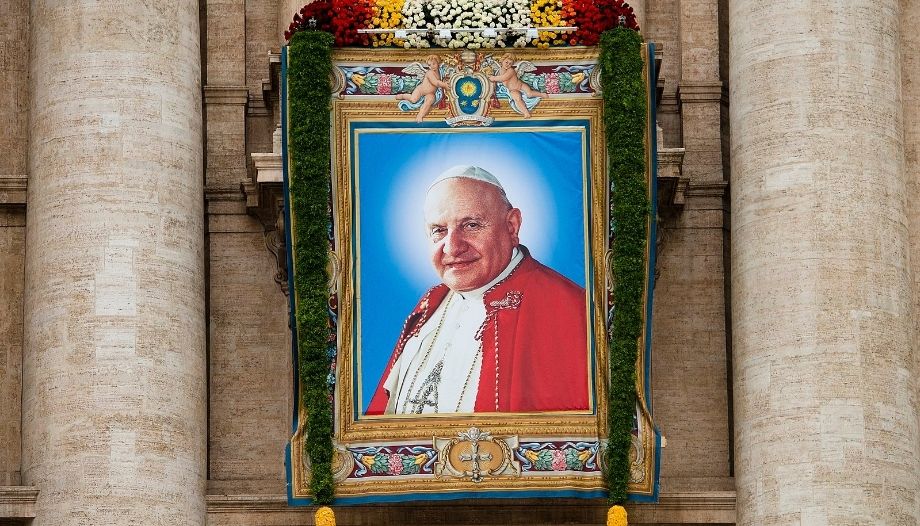This Saturday afternoon, during the Jubilee of Marian Spirituality, with the presence in Rome of the original statue of Our Lady of Fatima, each decade of the Rosary will be accompanied by a reading. It will be a passage from Chapter VIII of the Constitution 'Lumen Gentium' of the Second Vatican Council, which was convoked by St. John XXIII. In this way, we wish to highlight the commemoration of the anniversary of the opening of the Vatican Council II that day in 1962.
St. John XXIII immediately demonstrated that he was an innovator, explains the Vatican Agency. He convoked the Roman Synod and established the Commission for the revision of the Code of Canon Law. "But above all, surprisingly, from the Basilica of St. Paul Outside the Walls, on January 25, 1959, he convoked the Second Vatican Ecumenical Council." The aim was not to change Catholic doctrine or define new truths of faith, Vatican News notes. "But to re-present the contents of the faith to contemporary man, in order to find answers to new problems and challenges."
At the service of the Holy See
The fourth of 13 children, Angelo Giuseppe Roncalli was born in Sotto il Monte, Bergamo, on November 25, 1881. In 1892 he entered the Bergamo Seminary and in 1896 was admitted to the Secular Franciscan Order. From 1901 to 1905 he studied at the Pontifical Roman Seminary, and on August 1, 1904 he was ordained a priest.
The young priest was secretary to his bishop, G. M. Tedeschi, until, in 1921, he began his service to the Holy See in the Pontifical Works for the Propagation of the Faith. Later, the Pope appointed him representative of the Holy See in Bulgaria, Turkey and Greece, in 1944 Nuncio to France, and in 1953 Patriarch of Venice. In 1958, upon the death of Pius XII, he was elected Pope.
Mater et Magistra', 'Pacem in terris'.
Pope Roncalli wrote eight encyclicalsAmong these is Mater et magistra, which presented the social magisterium of the Church 70 years after Rerum novarum (1961). Y "Pacem in terris".of 1963, on peace and a just social order. Incidentally, one of them is 'Grata recordatio', about praying the holy rosary.
He was beatified by St. John Paul II during the Great Jubilee of 2000, and canonized by Pope Francis on April 27, 2014, together with John Paul II, on a day that was called the day of the 'four Popes', because Pope Emeritus Benedict XVI was present.








